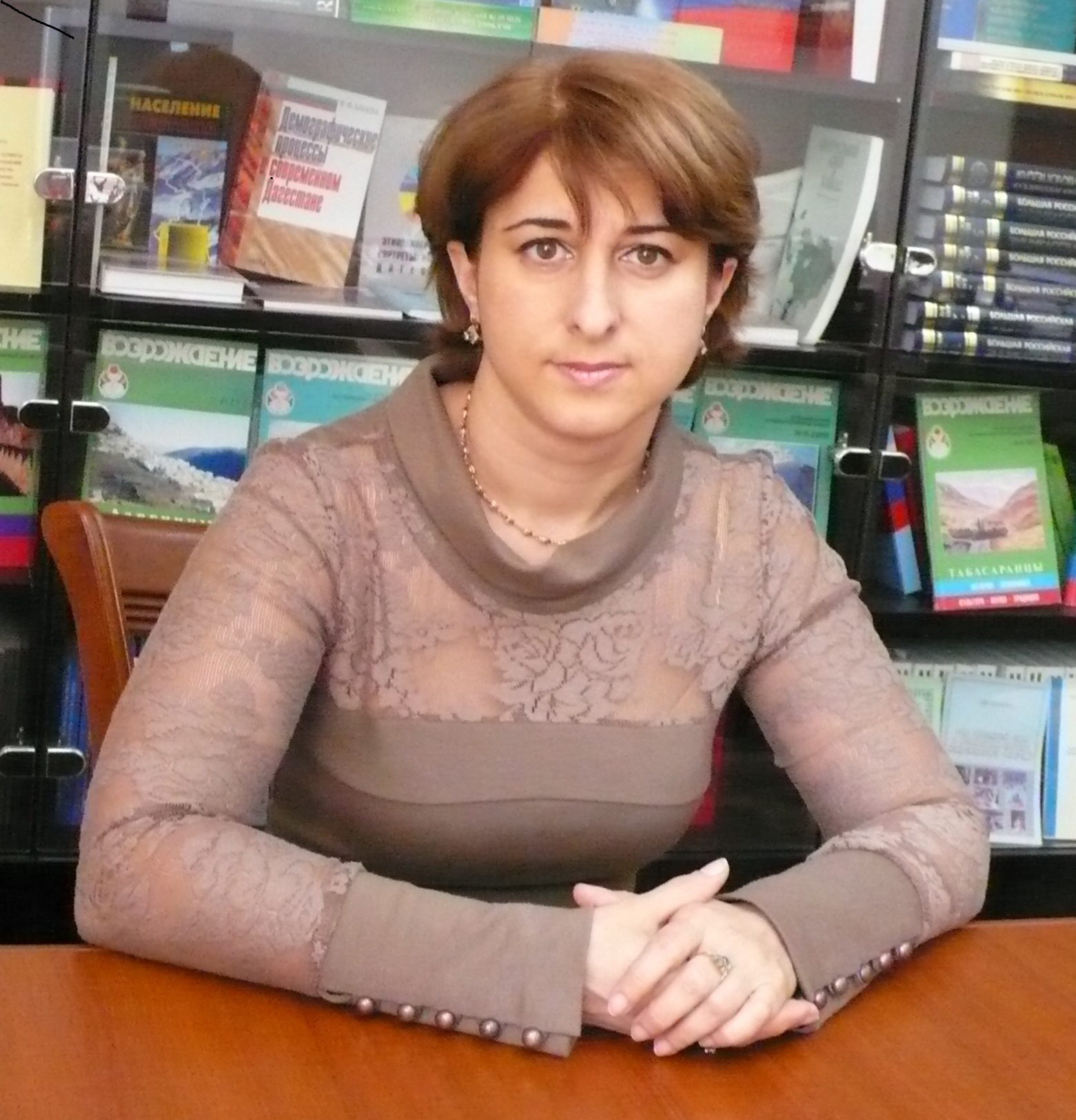In the article, the author considers the degree of influence of the religious factor on the life of North Caucasian society and the level of religiosity of Muslims in different regions of the region on a territorial basis. The sacralization of the region is manifested to varying degrees of intensity in the north-eastern and north-western regions. Therefore, to study the specific manifestations of the religious identification of Muslims in a regional context, the Republic of Dagestan, the Chechen Republic and the Kabardino-Balkarian Republic were chosen. The value of sociological research is determined by revealing the essence and representation of religious identity through the whole range of people's relations to religion: from the extreme form of religiosity through indifference to unbelief and atheism. The results of an empirical study confirm the preservation of a significant level of clericalization of modern North Caucasian society and demonstrate the heterogeneity of the Islamization of the region's subjects. The hypothesis of a field study that the level of religiosity of residents of the eastern regions of the region is higher than among Muslims in the western part of the North Caucasus was fully confirmed. The research hypothesis was fully confirmed as well: the level of religiosity of Muslims in the eastern subjects of the North Caucasus turned out to be much higher than in the western part of the region. This division deepens over time. In the western regions of the region, Islam has little influence and is considered, first of all, as part of the ethnocultural identity. The situation is diametrically opposite in the Chechen Republic and the Republic of Dagestan, where religion maintains a very strong position and influence on many areas of public life.
Key words: identification, religious identity, Islam, Muslims, North Caucasus
DOI: 10.22250/2072-8662.2020.2.99-108
About the author
 |
Madina Z. Magomedova – PhD (Philosophy), leading scientific worker of Regional Centre of Ethnopolitical Sciences, Dagestan Federal Research Center of Russian Academy of Sciences, |






